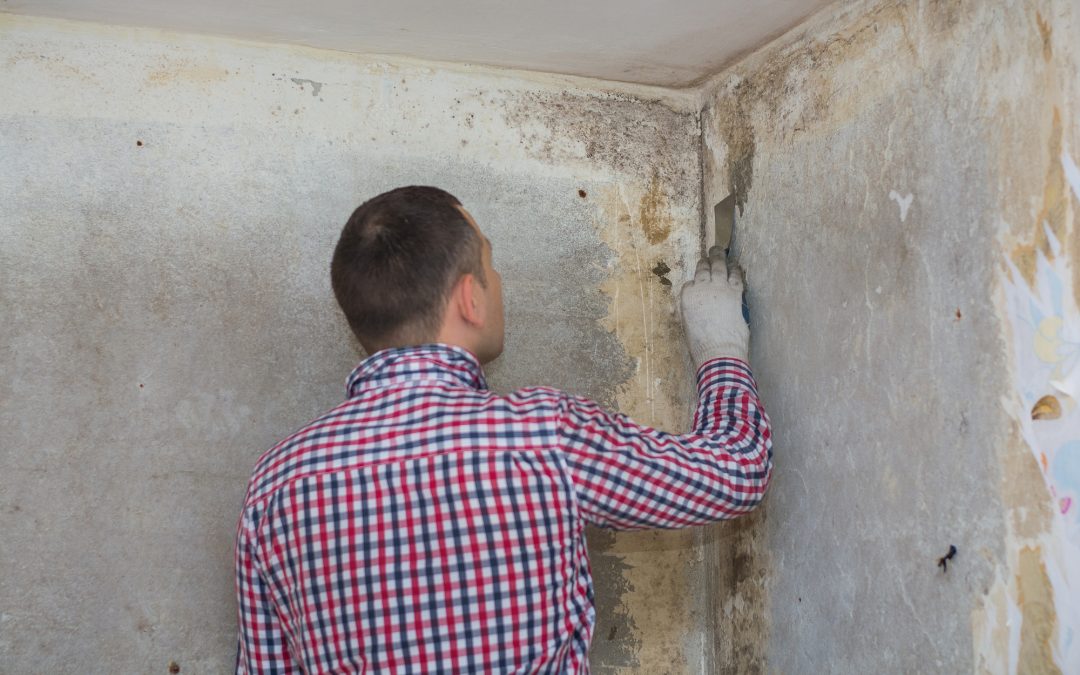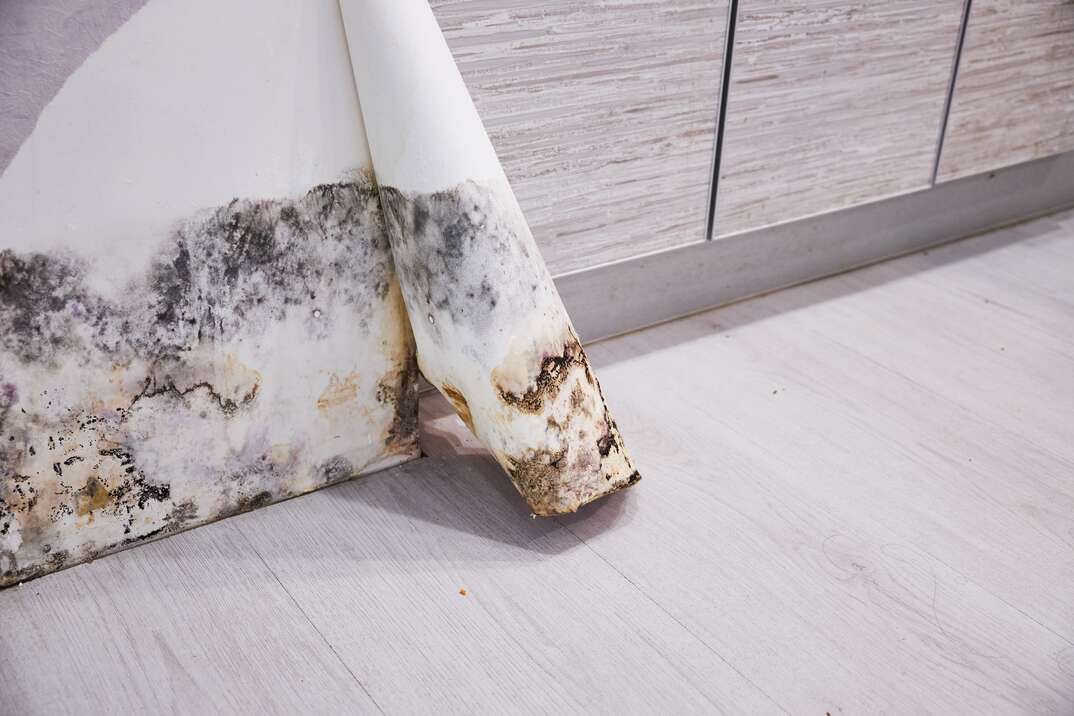Efficient Post Mold Remediation Cleaning Protocols
Efficient Post Mold Remediation Cleaning Protocols
Blog Article
Expert Tips for Message Mold And Mildew Remediation Success
In the world of mold and mildew remediation, effectively removing mold is only half the battle; the true obstacle exists in stopping its reappearance. By adhering to professional suggestions and best practices, people can guard their rooms versus mold resurgence and maintain a healthy interior setting.
Screen Moisture Degrees Regularly
Normal tracking of humidity degrees is crucial in making certain the performance of message mold and mildew remediation efforts. After finishing mold remediation procedures, keeping optimum humidity degrees is critical to stop mold re-growth and guarantee a healthy and balanced interior environment. Surveillance humidity degrees permits very early detection of any spikes or variations that might potentially bring about mold resurgence. High moisture levels above 60% create a favorable environment for mold and mildew to thrive, making normal keeping an eye on a proactive procedure to stop any kind of future mold concerns - testing air quality after mold remediation.
Additionally, developing a regular schedule for humidity checks, specifically in high-risk locations such as washrooms, basements, and cooking areas, is a proactive technique to mold avoidance. By constantly keeping an eye on humidity degrees, residential property owners can properly reduce the risk of mold and mildew reoccurrence and maintain a healthy and balanced interior environment post-remediation.
Conduct Thorough Inspections Post-Remediation
Adhering to the completion of mold and mildew removal procedures, it is important to perform comprehensive examinations to validate the efficiency of the remediation procedure. These post-remediation inspections are vital in guaranteeing that the mold problem has actually been successfully attended to which there is no recurrence or staying mold and mildew growth. Evaluations must be accomplished by qualified experts that have expertise in identifying mold and examining interior air top quality.
During these inspections, different techniques such as visual evaluations, air tasting, and surface area tasting might be used to thoroughly evaluate the remediated areas. Visual assessments involve a comprehensive assessment of the facilities to inspect for any type of noticeable indications of mold growth or water damage. Air sampling aids in determining the air-borne mold and mildew spore degrees, while surface sampling can spot mold particles on surfaces.
Implement Correct Air Flow Methods
After ensuring the efficiency of the mold remediation procedure via comprehensive inspections, the following essential action is to concentrate on executing proper ventilation approaches. Ample air flow is vital in avoiding mold reoccurrence by regulating wetness levels and advertising air flow. To achieve this, it is advised to make use of exhaust fans in areas vulnerable to high humidity, such as cooking areas and restrooms. Additionally, opening up doors and windows when climate permits can help boost air flow and minimize dampness buildup. Air dehumidifiers and purifiers are additionally useful tools in preserving optimal interior air quality.
Proper ventilation not just help in protecting against mold and mildew development however likewise contributes to the total health and wellness and convenience of passengers. By making certain ample air flow throughout the property, you can minimize the threat of mold and mildew regrowth and develop a much healthier living atmosphere.

Usage Mold-Resistant Materials for Services
To improve the long-term performance of mold and mildew remediation initiatives, incorporating mold-resistant products for repair work is essential in minimizing the danger of future mold development. Mold-resistant materials are created to endure dampness i thought about this and prevent mold and mildew growth, making them a crucial selection for areas vulnerable to dampness and moisture. When repairing areas influenced by mold, making use of materials such as mold-resistant drywall, mold-resistant paints, and mold-resistant caulking can aid avoid mold and mildew reoccurrence.
Mold-resistant drywall is an outstanding choice to traditional drywall in areas like cellars and restrooms where wetness levels are higher. This kind of drywall has an unique coating that stands up to mold development even when exposed to damp conditions. Additionally, using mold-resistant paints including antimicrobial agents can even more prevent mold advancement on ceilings and walls.
In areas where dampness prevails, such as bathrooms and kitchens, utilizing mold-resistant caulking around sinks, home windows, and bathtubs can aid secure out water and protect against mold and mildew from holding in fractures and crevices. By purchasing these mold-resistant materials throughout repairs post-remediation, you can substantially decrease the probability of future mold and mildew issues and maintain a much healthier indoor environment.
Maintain Cleanliness and Address Water Issues
Making certain cleanliness and quickly addressing water concerns are essential techniques to promote in securing indoor rooms from mold reinfestation. After mold and mildew remediation, it link is important to preserve a tidy setting to stop the regrowth of mold and mildew (what to do after mold remediation). Routine cleaning, dusting, and vacuuming can assist remove any sticking around mold and mildew spores and avoid them from multiplying and settling. Additionally, keeping indoor areas dry and resolving any water problems without delay is vital in mold and mildew avoidance. Leakages, water intrusion, or high moisture degrees can develop the perfect reproduction ground for mold, so it is important to repair any type of water-related troubles immediately.
To keep cleanliness, consider making use of HEPA filters in vacuum cleaners and air purifiers to trap mold and mildew spores and stop their blood circulation in the air. Ensuring appropriate ventilation in locations susceptible to moisture build-up, such as bathrooms and cooking areas, can assist keep moisture levels in check. By staying alert about cleanliness and addressing water issues without delay, you can properly stop mold and mildew reinfestation and keep a healthy and balanced interior atmosphere.
Conclusion

In the world of mold and mildew removal, effectively eradicating mold and mildew is just half the fight; the real obstacle exists in preventing its reappearance. After finishing mold removal treatments, preserving optimal moisture degrees is important to prevent mold re-growth and make sure a healthy and balanced indoor atmosphere. High moisture degrees above additional hints 60% create a favorable environment for mold and mildew to flourish, making regular keeping track of a positive measure to stop any type of future mold and mildew problems.
To enhance the long-term efficiency of mold and mildew removal efforts, including mold-resistant materials for repairs is essential in minimizing the danger of future mold development. After mold remediation, it is vital to maintain a clean setting to protect against the regrowth of mold and mildew.
Report this page